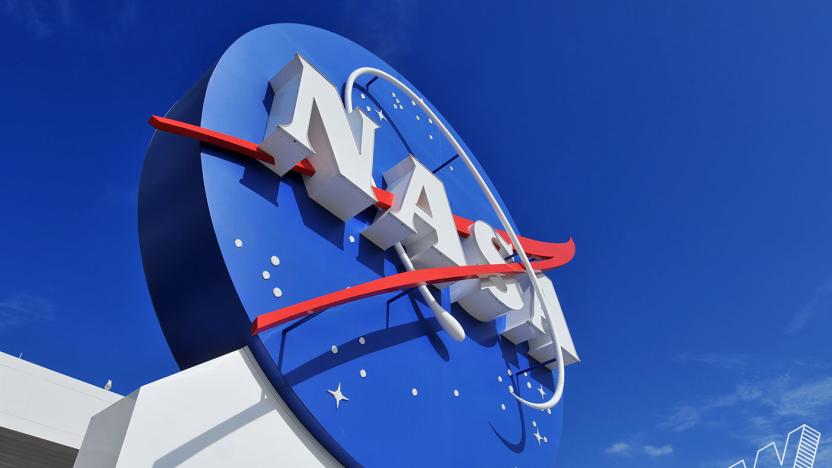katerubins
Latest

NASA dominated space and social media in 2016
"We all have a thirst for wonder," American astronomer Carl Sagan wrote in his sci-fi novel Contact. "It's a deeply human quality." And it's partly thanks to this "thirst" that NASA had the space game on lock this year, even though it doesn't have access to as much money as it used to. The agency stepped into 2016 armed with $19.3 billion in government funding. Yes, that's almost a $1 billion more than what the administration originally asked for, but it's also significantly lower than NASA's budget in previous years, when adjusted for inflation.

Watch crew leave the International Space Station at 4:45PM Eastern
It's always a momentous (if melancholic) moment when astronauts finish their stints aboard the International Space Station, and NASA is determined to capture every last minute of the occasion this time around. It's livestreaming the departure of astronauts Kate Rubins, Anatoly Ivanishin and Takuya Onishi as they end 115 days in orbit. Things get started in earnest today (October 29th) at 4:45PM Eastern, when the crew says its goodbye and enters the Soyuz spacecraft. The undocking should begin at 8:37PM, and the deorbit burn should start at 11:06PM. If all goes according to plan, the team will touch down on Earth at 11:59PM.

NASA's Kate Rubins is set to sequence DNA aboard the ISS
The three newest ISS crew members are blasting off to space in a Soyuz from Kazakhstan tonight. Russia's space agency is sending out Anatoly Ivanishin, Japan's representative is Takuya Onishi, while NASA's is biologist-slash-astronaut Kate Rubins, who's slated to do some DNA sequencing aboard the station. Rubins told Wired that she's going to perform some of the first DNA sequencing on the ISS using the USB-sized MinION sequencer. The device was created by a UK company called Oxford Nanopore and costs only $1,000, whereas traditional sequencers could cost as much as a million.

